Australia’s new government has committed to containing the strategic expansion of China but may be thwarted by a domestic agenda, which funds away from the defense.
Rampant inflation and domestic energy shortfalls will compound Prime Minister Anthony Albanese’s problems.
Key members of his Australian Labor Party (ALP) had been accused of unwarranted closeness to China when the party was in opposition, not least incoming Deputy Prime Minister and Defense Minister Richard Marles and Foreign Minister Penny Wong.
So on day two of his term, on May 24, Albanese met in Tokyo with the three other Quad leaders (U.S. President Joe Biden, Indian Prime Minister Narendra Modi, and Japanese Prime Minister Fumio Kishida) and reaffirmed Australian support for the defense of Taiwan and the continuation of Australian and U.S. policies toward Taiwan.
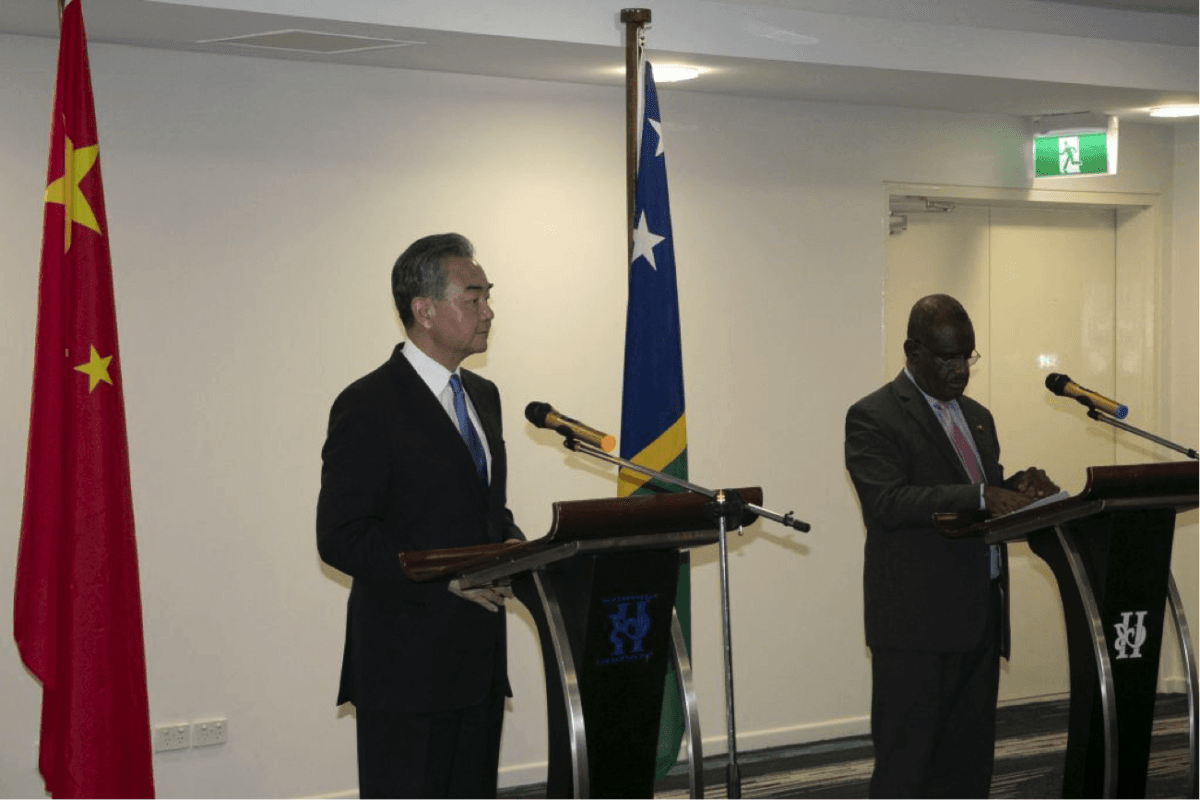
Wang and Beijing had reached too far, too fast. The bluntness of the approach—meant to capitalize on the fact that the new Australian government had not yet found its feet—alienated many South Pacific states.
In Papua New Guinea, working toward national elections in early July 2022, governing and opposition parties felt that Wang’s visit was an intrusion into the PNG election process.
Beijing has not given up the fight; it cannot: the plan to dominate the extended region mirrors—for good reason—Japan’s Greater Asia Co-Prosperity Sphere, which failed in 1941 with the Japanese attack on U.S. Pearl Harbor.
Beijing seeks gains before Canberra can regroup its Pacific strategy to address complaints about Australian paternalism in its aid and security support for the region. Albanese may be willing to reshape Australia’s approach, but Canberra’s bureaucratic attitudes persist.
Beijing is testing the new Australian government. On June 8, a People’s Liberation Army Air Force J-16 intercepted a Royal Australian Air Force Boeing P-8A Poseidon long-range maritime patrol aircraft in international airspace over the South China Sea. The J-16 flew directly ahead of the P-8 and dumped aluminum chaff into the airstream so that it would be ingested into the two engines of the P-8. The incident would have been highly escalatory had the P-8 lost both engines; it did not, and returned to base.
The Australian government condemned the attack, as expected, but took no further action. It was Beijing’s warning to Albanese.
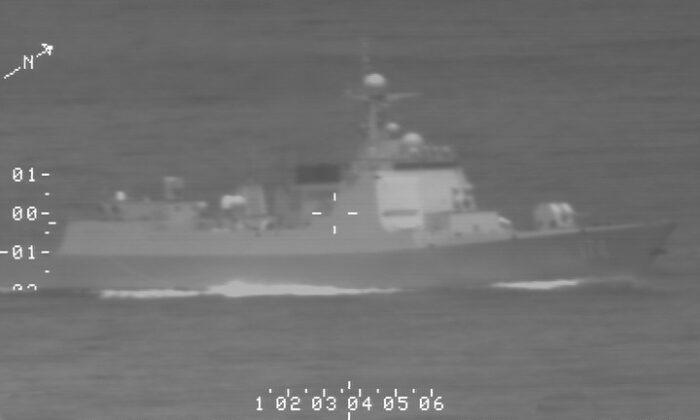
Albanese said in Tokyo that it was up to China to make a positive gesture if it wanted improved relations with Australia. The CCP felt it was sufficient to break the chill in bilateral relations by sending a letter of congratulations to Albanese from Premier Li Keqiang.
Albanese replied that it was not Australia that had changed but China, and it was therefore up to Beijing to make the first gesture to restore bilateral harmony. That may not happen, despite promises by Marles and Wong before the election that relations with China would be improved.
Even so, on June 16, Albanese locked his new government into profound commitments to reduce Australia’s greenhouse emissions by 43 percent by 2030. This would require Australia to further abandon coal-fired electric power generation and bank on being able to replace fossil fuels with “renewables,” particularly wind and solar power.
But there is no sign that appropriate energy collection and storage technologies can be operational by the 2030 deadline. Attempts to move toward this energy target within the three-year term of the Albanese government will add to the cost of domestic energy and possibly lead to electricity brownouts or blackouts on the Australian East Coast, where its most populous cities lie.
More than this, the Albanese government’s commitment to raising the minimum wage level and funding unprecedentedly high spending on social programs mean that inflation will outstrip any counter-inflationary tools (such as raising interest rates) and bring widespread popular discontent.
From the national security standpoint, however, this means that the planned increases in defense spending will not occur, and Australian defense spending will likely freeze at just below the 2 percent of GDP level. This will significantly impact the goals of the new Australia-United Kingdom-United States (AUKUS) pact, which committed Canberra to several major defense initiatives, including nuclear-powered attack submarines (SSNs), air-launched hypersonic strategic weapons, unmanned combat aircraft (Ghost Bat), and a new large, unmanned, autonomous underwater vehicle (an unmanned combat submarine).
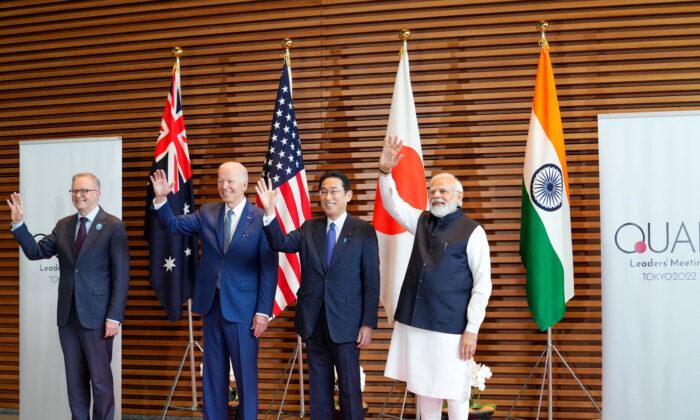

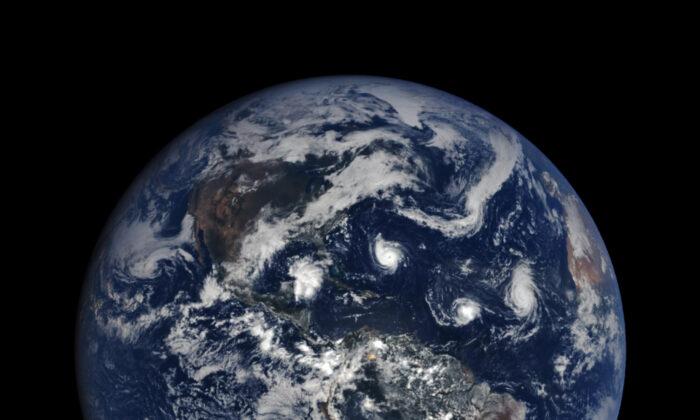
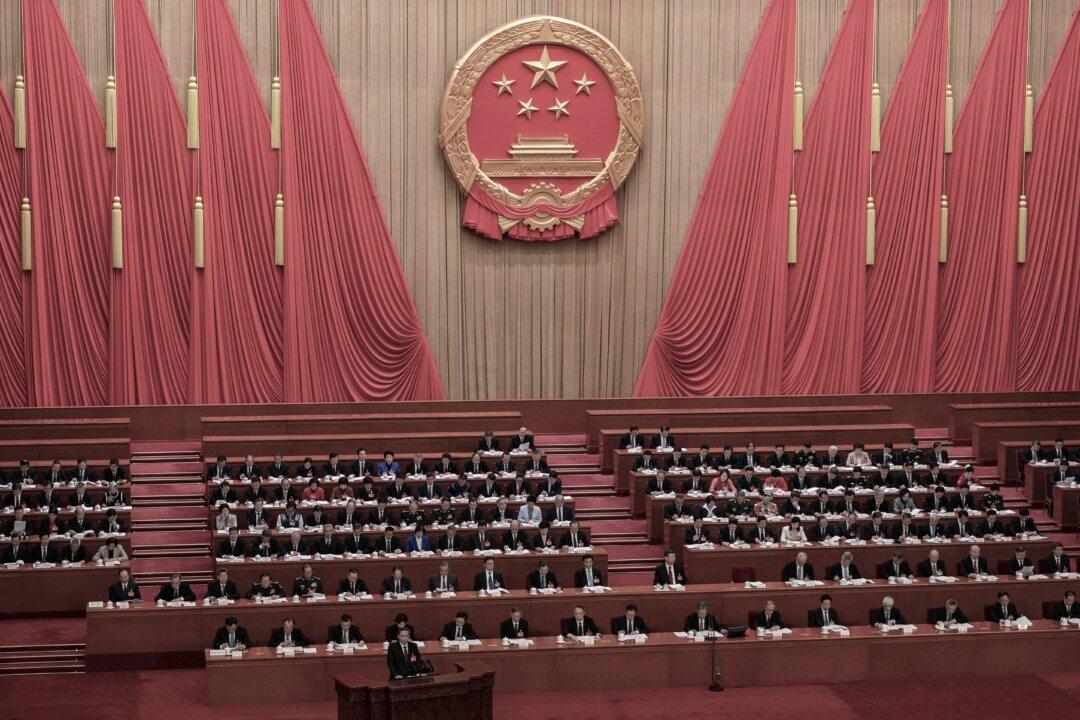
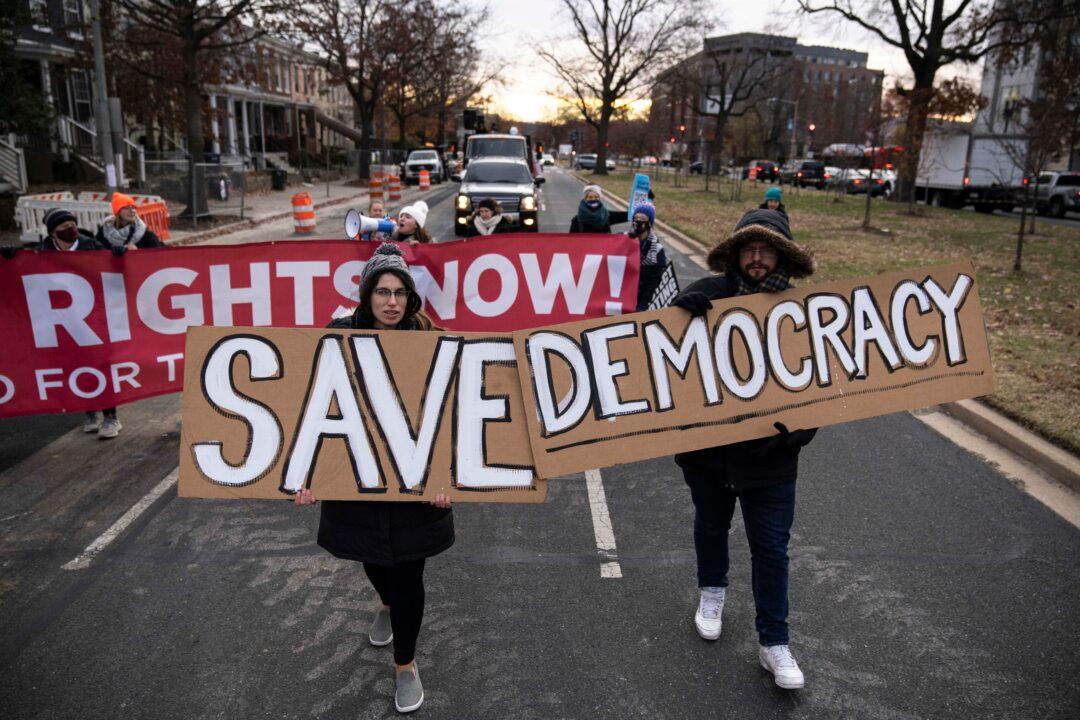

Friends Read Free